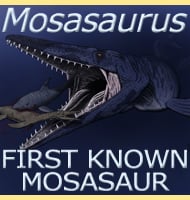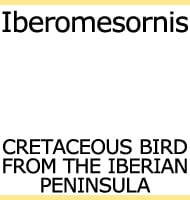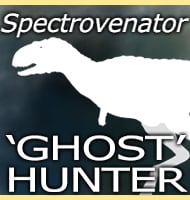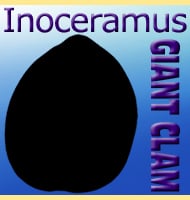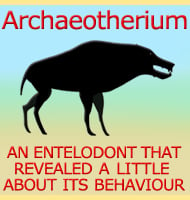In Depth
Originally thought to be a species of Stegosaurus at the time of the first description in 1901, the partial post cranial remains were soon identified as being a distinct genus and renamed Hoplitosaurus in 1902. The species name which honours the famous American palaeontologist Othniel Charles Marsh, who actually named the genus Stegosaurus, was retained for the new type species, H. marshi, which is standard procedure for renaming animals under such circumstances. The genus name is a reference to the heavily armoured soldiers called hoplites in the armies of Ancient Greek city-states. The renaming of Hoplitosaurus led to it being described as a different kind of armoured dinosaur called a polacanthid. This has also since been a subject of debate over whether it is actually a valid genus, or simply a specimen of another similar dinosaur called Polacanthus which is known from Western Europe. This might seem bizarre since Hoplitosaurus is only known from the United States, but a specimen of Stegosaurus found in Portugal proves that Europe and North America were connected and that a faunal interchange between these two continents was taking place at least as late as the late Jurassic. When this connection was finally severed is uncertain, but it might still have existed in the time of Polacanthus and Hoplitosaurus, the earliest stages of the early Cretaceous.
The similarities between Hoplitosaurus and Polacanthus have actually been interpreted as being quite generic however (Carpenter & Kirkland, 1998), meaning that they do not only represent similarities between these two genera, but across many other genera as well. Most modern analysis considers Hoplitosaurus to be a valid genus, but one that is poorly represented by available fossils. Future discoveries, specifically those from the Lakota Formation may one day reveal more about this dinosaur.
What we can say about Hoplitosaurus is that as a polacanthid it would have been a quadrupedal dinosaur with thick plates of bony armour called osteoderms (sometimes scutes) along its back. There might have also been an extensive covering of spikes, especially around its shoulders and along its flanks as this would be similar to other polacanthid genera. Because of the quadrupedal posture, and an inability to rear up on its hind legs, Hoplitosaurus would have been an obligate browser of low growing vegetation.
Another polacanthid dinosaur that was likely similar to Hoplitosaurus and lived at roughly the same time as it was Gastonia, which is known from Barremian age Yellow Cat Member of the Cedar Mountain Formation, Utah.Further reading
- A new dinosaur, Stegosaurus marshi, from the Lower Cretaceous of South Dakota, Frederick A. Lucas - 1902.
- The armoured dinosaur Polacanthus foxi from the Lower Cretaceous of the Isle of Wight, W. T. Blows - 1987.
- Review of Lower and middle Cretaceous ankylosaurs from North America, K. Carpenter & J. I. Kirkland - 1998.

